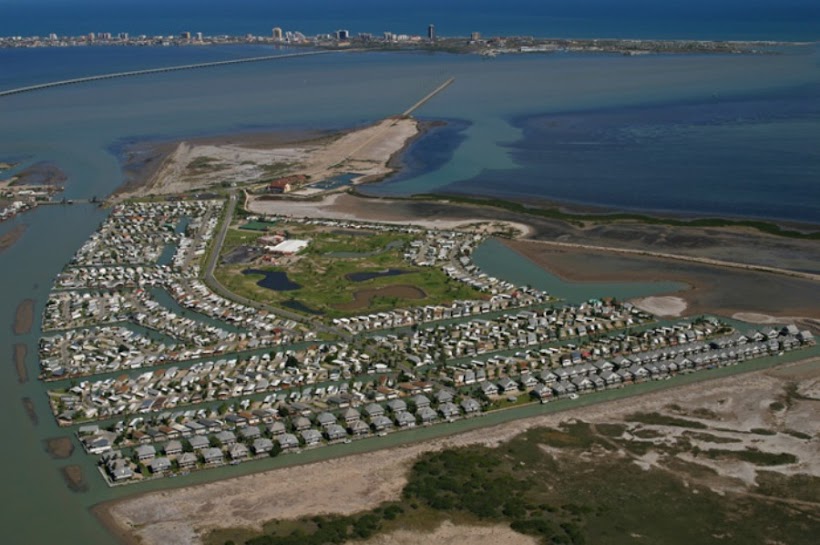A PLACE TO BE

Wednesday, November 3, 2010
A TIDBIT
Can one legitimately claim that Village Directors have constantly ignored the canal maintenance? Do the majority of owners wish to dredge the canals? We heard a Director say this at the last board meeting, so here are a few facts.
Larry Schroeder was elected in 2002 and became Director overseeing the canals and security.
The March Annual Meeting had a Rec. Hall full of owners who raised their hands indicating they didn’t want to spend money on dredging this year but would be open to discuss it further at the next 2011 Annual meeting.
The Board passed a $25,000 dredging survey motion five months later with the understanding that its findings is a waste of money if not acted upon within three months of the survey. So in a nutshell, most owners felt doing this survey meant dredging was a certainty.
The Board shelved the survey after receiving a ton of negative emails and immediately passed a second motion to mail questionnaires that asked each owner where they stood on dredging (none, partial, or full), their priorities (roads or canals), about boat ownership (no or if yes, what size and draft), and to explain what type of problem if any they were experiencing in the canals.
Less than half of the membership responded. Findings were that only four percent of the membership had problems getting their boats on/off their private boat lifts and less than one third of one percent (0.3%) 0f all owners had problems navigating through the canals.
Director Bergsma was technically correct with saying it is unreasonable to make the owners responsible for the dredging close to their sea walls because the Declaration of Covenants says that area is part of the limited common elements (Declaration of Covenants, Article II, “Canals or channels, up to but not including bulkheads, are included as Limited Common Elements”).
Should one feel it is unreasonable to make owners not owning waterfront property be made responsible to pay for canal upkeep since our Declaration of Covenants specifically says that these canals can only be used by waterfront property owners (Declaration of Covenants, Article II, Canals or channels, up to but not including bulkheads, are included as Limited Common Elements for use by the owners of lots abutting the canals or channels).
To make the Villagers pay for maintenance on a canal that’s not owned by the Association would not only be totally unreasonable, but unacceptable as well.
TechnicallyDirector Bergsma is also correct when saying it is the Board’s responsibility at making assessment decisions. (Bylaws, Section 10. Powers and Duties -The Board of Directors shall have the powers and duties necessary to make Assessments). One might note that nowhere in the Bylaws does it say that it is the Board’s sole responsibility.
To my understanding Dir. Bergsma alluded to a twenty some year old brochure from the Bennet Development Corp and not Long Island Village as the reason he bought his property. It refers to deep water channels 80’ wide and 6.5’ deep and he said he would not have bought if he knew the canals would not be maintained.
Is there a big enough problem here to spend a million buckaroos on or be sued over?
Your comment
Subscribe to:
Post Comments (Atom)

5 comments:
Person opinions and random thoughts on dredging:
Bulkheads are distinguished from seawalls in that their purpose is to keep soil from sliding into the canal. Seawalls, while achieving the same to a certain extent are constructed to stop erosion from wave action. LIV has bulkheads.
A canal designed to prevent soil from sliding into it must have bulkheads on all sides other than the entry/exit. Canal H does not meet
that criteria and any depth accomplished by dredging would be short term and a waste of funds.
The cost estimates for dredging as a general rule include that area of the waterway used by most traffic - the channel. It does not include the area next to bulkheads. Clarification is required on just what our estimate includes. The dredging a few years ago was as outlined above and additional dredging of areas near bulkheads was paid for by individual owners. In respect to normal dredging costs it is clearly a common area and should be an assessment to all owners - water front or.
Last, but not least the roads are currently the most important LIV asset that requires repair as the last attempt was a huge failure.
To Anonymous:
Re-read your last paragraph and remember it, and tell your friends too, at Annual Meetinmg time, if the Board Member(DP) who was responsible for the bad job to start with and an even worse "patching" is DUMB enough to try to get elected again. Bad enough they appointed him this time around!
He was not appointed. He was elected.
Worse yet! Boy will we never learn?
after the last dust storms i wonder that a project by the txdot doesent have a dust abament requirement? in my state any project over 3 acres requires a dust control plan.. this requires water to contol.. does tx not require this?? darryl goade
Post a Comment